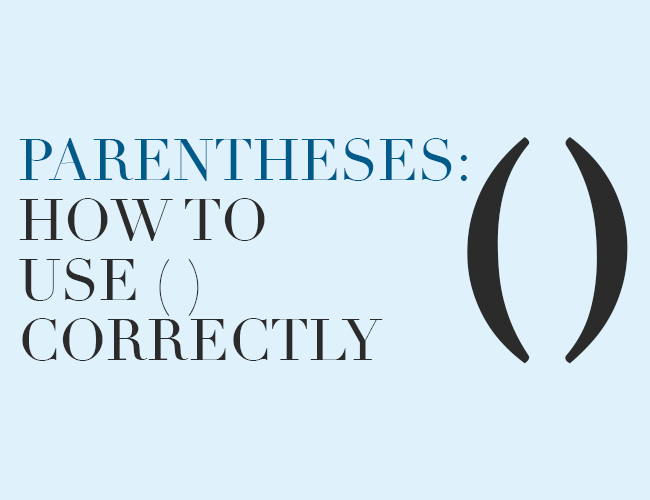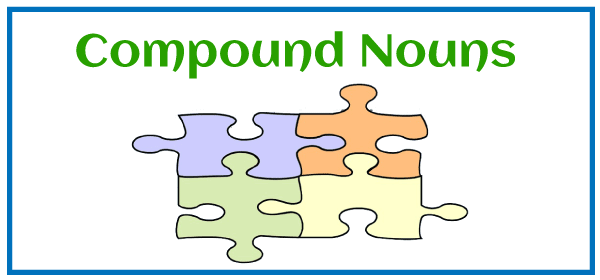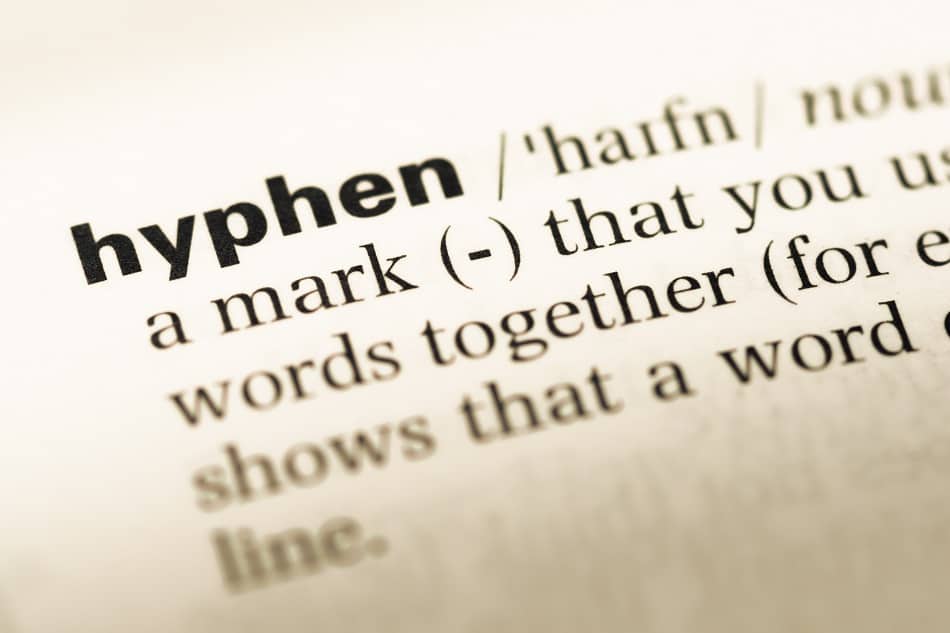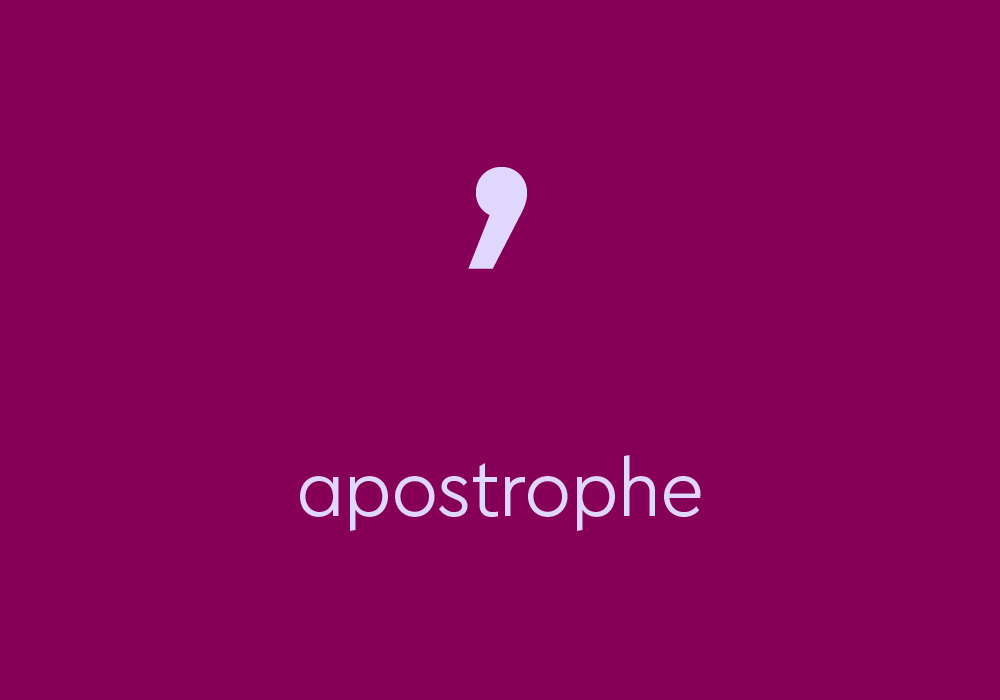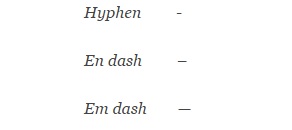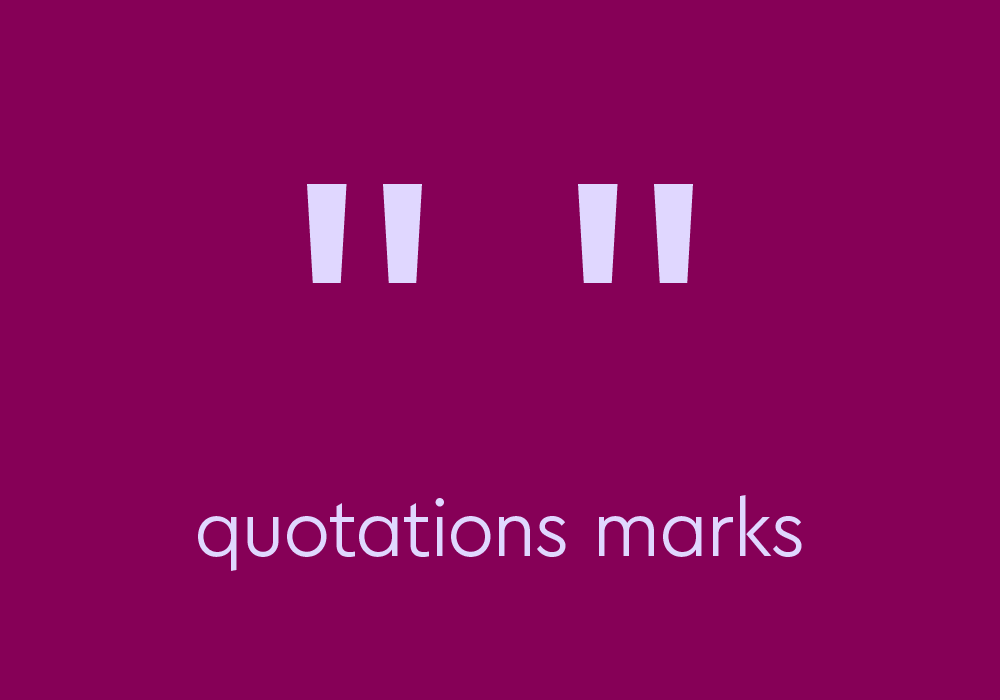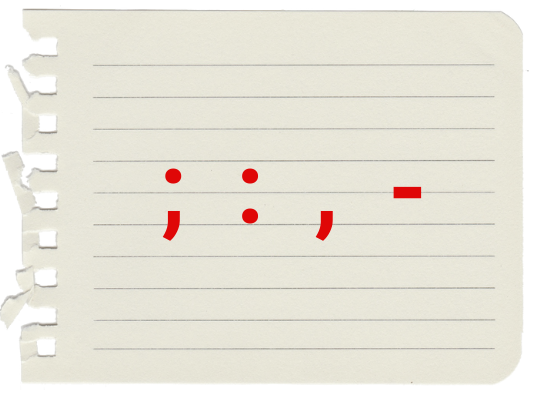‘Parenthesis’ (or the plural ‘parentheses’), also known more informally as ‘brackets’, is the term given to the following punctuation marks: ( ). There are two rules for using parentheses: Parentheses should always be used in pairs. Parentheses only enclose non-essential information. That means, the sentence should still make sense if…
-
-
Compound nouns (i.e. compound words functioning as nouns) are the most common type of compound word. While compound nouns usually appear as one or two words (e.g. bookstore, notebook or moving box), in some instances they require a hyphen. While your main consideration when hyphenating is consistency, you are advised…
-
While dashes and hyphens are distinct—both in appearance and function—the confusion they create (among students and academics alike) justifies their treatment in the same article, albeit an article lengthened to a two-part exposé. Part one will cover the functions and uses of dashes, while part two will cover the far less rigid…
-
The previous article, ‘Using Apostrophes to Form a Contraction’, explained the first use of apostrophes. This article will outline the second use for this mark of punctuation: indicating possession or ownership. The second use of an apostrophe is to denote ownership or possession. This one becomes a bit trickier, especially…
-
The em dash is an essential punctuation mark—one that the writers of the Style Manual think the Australian public is not intelligent enough to use. According to the sixth edition of the Snooks & Co. Style Manual—as well as all the most significant texts on the correct usage of Australian English—the em dash has…
-
Welcome to Part Two of this two-part series on the ‘Use—and Non-Use—of Dashes and Hyphens’. Part One delineated the myriad of functions served by the various dashes. Part Two faces a greater task, for the hyphen, though marvellous, serves as much as a mark of punctuation as it does a subject of contradiction.…
-
Quotation marks—sometimes called ‘speech marks’, or more colloquially ‘quotes’—are used to indicate direct speech. Depending on where you are, the quotation mark may be different. Australia and the United Kingdom use single quotation marks: ‘ ’ North America uses double quotation marks: “ ” In this article, we will reference to Snooks…
-
A semicolon (;) is a punctuation mark that has two main functions: Semicolons separate items in a complex list. For example, The Council is comprised of ten members: three from Sydney, Australia; four from Auckland, New Zealand; two from Suva, Fiji; and one from Honiara, Solomon Islands. Semicolons join two closely…
